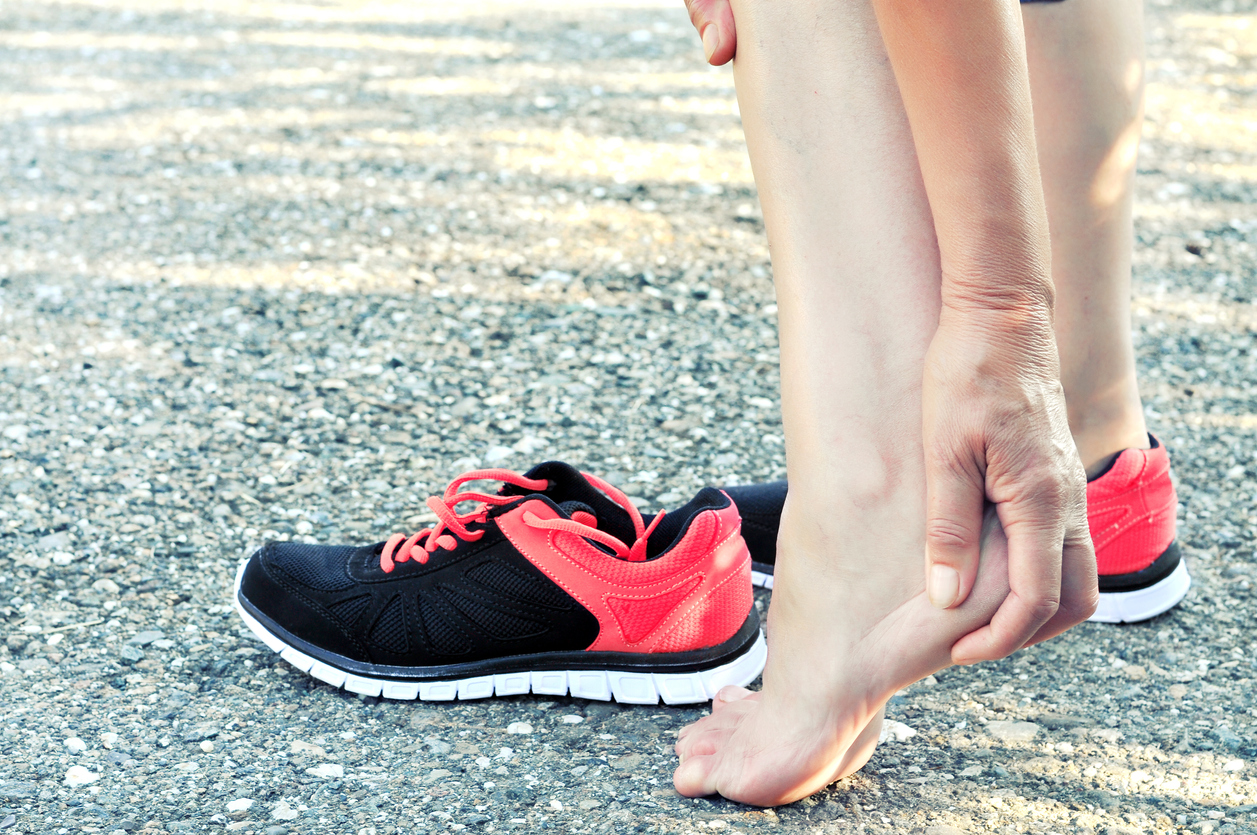Many people have the luxury of taking their healthy ankles for granted. But if you struggle with pain and stiffness in your ankles, you already know what a mistake that is. Our ankles are one of the most important joints in our bodies. When they are healthy, they support our ability to walk, play, dance, and generally enjoy the benefits of complete mobility. However, if you are struggling with discomfort or stiffness, it can be difficult to stay active with stiff ankles.
What Could Be Causing Your Discomfort?
Although not all joint stiffness is directly related to aging, many of the most common causes of ankle discomfort are linked to the way our tissues change over time. According to Harvard Health, the collagen found in our ligaments and tendons becomes less flexible as we age.
This is the reason why you might feel like your ankles aren’t as well lubricated as they once were even without a serious injury or illness.
That being said, the stiffness you are experiencing may be accompanied by swelling or pain. If so, it is far more likely that your symptoms are the result of another condition. Osteoarthritis, tendinitis, gout, and flat feet are some of the most common causes of ankle pain where there isn’t a history of injury to the area. Fortunately, ankle pain treatment is available. With a little time, you can significantly reduce the stiffness in your ankles. Doing so can ensure you can keep enjoying life at full speed.
Addressing the Root Cause
Even patients who have inconsistent symptoms should consider seeking professional medical advice. When left untreated, some of the most common causes of ankle pain can have a corrosive effect and could disguise an even more serious health risk. Although less common, tumors, nerve damage, and lupus could also present with ankle stiffness and discomfort. If ankle pain, swelling, or inflexibility prevents you from enjoying your daily activities, it is best to talk to an orthopedist. So, you can prevent the issue from becoming more serious.
Dr. Benjamin E. Stein from the Center for Advanced Orthopaedics also urges patients not to wait to seek treatment. Untreated ankle pain can have radiating effects. The more you continue to walk despite your pain, the more the way you walk adapts to decrease the pressure on your ankle(s). With time, ankle pain can change your gate, disproportionately applying pressure on other parts of your body to compensate. This compensation will eventually cause pain in other areas of the body, including your knees, hips, and back, further decreasing your quality of life.
Maintaining Care at Home
Once your orthopedic surgeon in Washington DC can identify the condition responsible for your discomfort, you will be able to move forward with a treatment plan together. Depending on the cause, your treatment plan may require special insoles, physical therapy, or even surgery. Regardless, it is important that you follow your specialist’s instructions carefully. This is especially true for stretching, a great way to stay active with stiff ankles.
As long as your orthopedist agrees that stretching is safe, you should designate 10-15 minutes a day to carefully stretching your ankles. You can do this by supporting yourself against a wall or chair and placing one foot about a shoulder’s width behind the other, directly in line with the hips. Gently push your heel towards the ground, but listen to your body if it feels like too much. Back off to where it feels like a good, comfortable stretch, and hold it for about 10 seconds. Gently release the heel back up and try again to see if you can make it just a little farther. Then repeat on the other side.
By following your orthopedist’s advice at home and on-the-go, you can improve the chances that your treatment plan will be successful, allowing you to stay active with stiff ankles.

